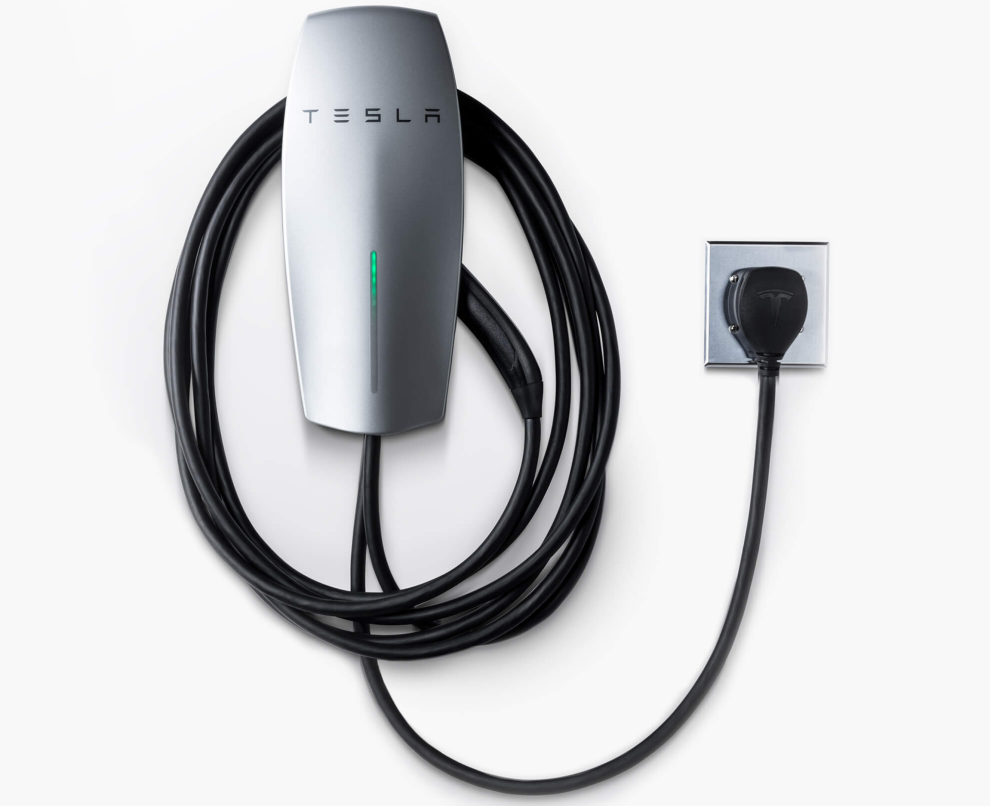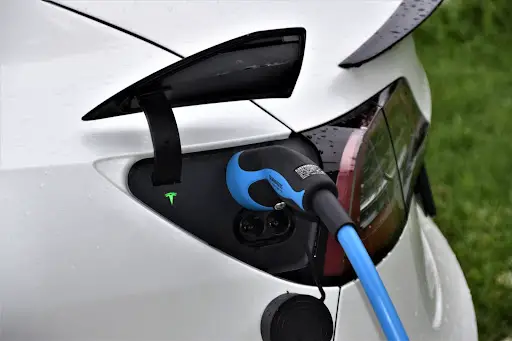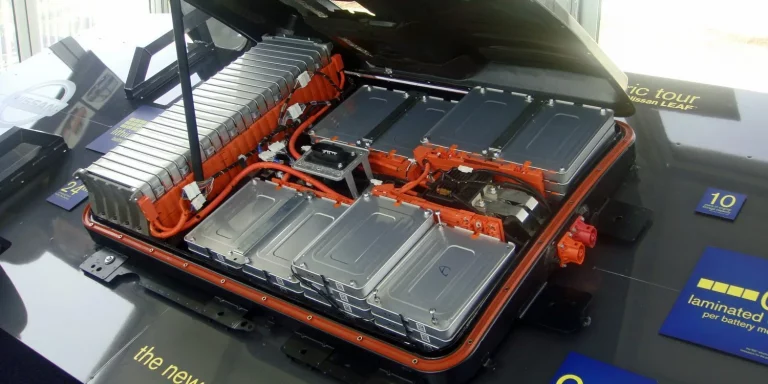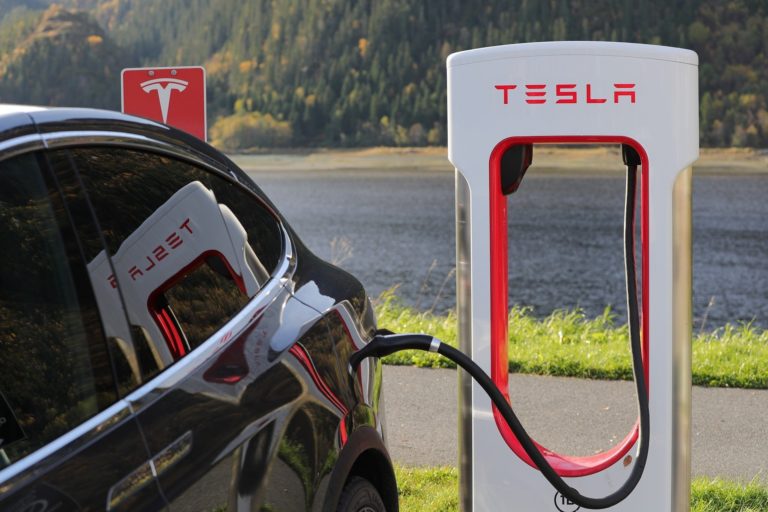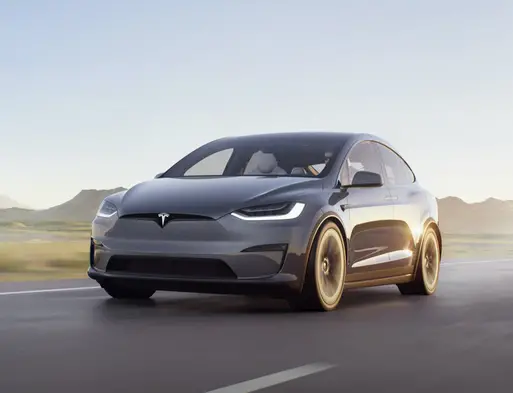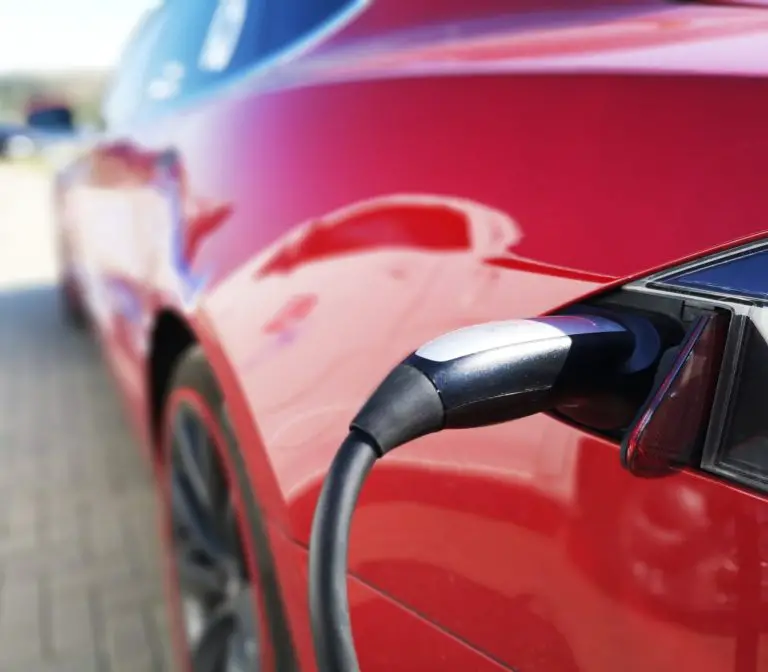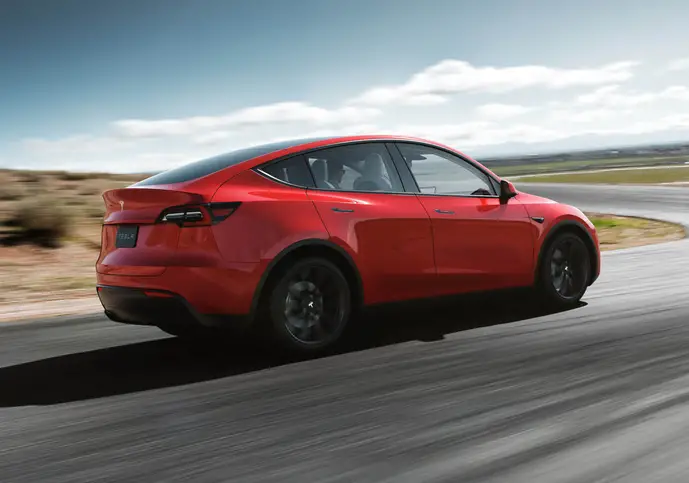Do Tesla Cars Come With A Charger?
Switching from a car that runs on gas to a car that only needs electricity can be a daunting change with a lot of questions. Initially, how to charge an electric vehicle will be the first question on anyone’s mind, followed by all the accessories needed to charge the automobile successfully. However, which of these accessories are included or need to be purchased? Do Tesla Cars Come With A Charger?
Tesla’s come with a cable and a plug that allows it to be adapted to various outlets. To create a compatible battery system, Tesla has a built-in-car charger that converts AC to DC. The included adapter is a 120 volt/ 15 amp breaker that provides three miles every hour charged.
Although Tesla provides a mobile connector with the purchase of a model, they recommend adding a wall connector to charge the vehicle when it is parked. But is it possible to get by with only the included connector?
Table of Contents
- Is The Included Tesla Charger Sufficient?
- Alternative Options For Charging That Are Excluded From The Purchase
- Should I Buy A Wall Connector If The Mobile Connector Is Included?
- Conclusion
Is The Included Tesla Charger Sufficient?
Wall and mobile connectors provide alternating currents when plugged into a charge port, but batteries only store energy as direct current. The charger, which is built into the Tesla car, converts AC to DC energy in order to store it in the battery.
Included in the purchase of a brand new Tesla is a mobile connector and adaptor to provide AC power to the charger. The connector is about 20 feet long, and the NEMA 5-15 adapter allows the car to charge through a standard outlet of 120V.
According to Tesla, the adapter that connects to a 120V outlet supplies just under four miles for every hour of charge. Therefore, if you leave the car to charge through the mobile connector overnight and drive less than forty miles a day, you might be able to get by without any other accessories.
Different Tesla models also have different charger capabilities. Therefore, other circuit breakers need to be used to charge each vehicle at the fastest and most efficient speed.
Models such as the Model S, Model X, Model Y, as well as the Model 3 performance and Model 3 Long Range, have an onboard charger of 11.5 kW (48 amp) which will benefit from a 60amp circuit breaker.
Whereas the Model 3 Rear-Wheel Drive has an onboard charger of 7.7 kW (32 amp), which only needs a 40 amp circuit breaker.
However, types of circuit breakers mainly apply to the wall connector installation, which is not included in purchasing a Tesla model. Tesla advises all its customers to install a wall connector and leave the mobile connector in the car as a backup.
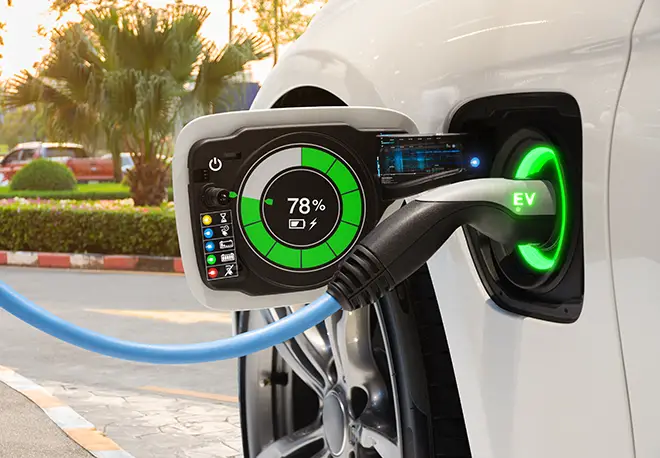
Alternative Options For Charging That Are Excluded From The Purchase
As mentioned, the only included charging “device” is the mobile connector with an adaptor for a 120V outlet. However, Tesla provides an adapter bundle that allows charging at various outlets whether you find yourself at home or on the road.
The NEMA Adaptor Bundle provides the opportunity to charge at higher voltage outlets. The adapter bundle includes seven adapters that range from the lowest power output (5-20) to the highest (6-50). All adaptors that provide the highest mileage per hour work with a 240V outlet, although this is an added purchase.
Neatly packed in a storage bag and reasonably priced at $245, these adaptors provide different mileage per hour of charge. For Models S, X, Y, and 3, the 5-20 adaptor, which has the most negligible power output, provides around 4 miles per hour of charge.
On the other hand, the 6-50 adaptor, which has the highest power output, can provide up to 30 miles per hour of charge. These adaptors are compatible with the Gen 2 mobile connector, which is valued at $275 but conveniently included in the purchase of a new model.
Tesla persists that the most convenient and ultimate solution for charging at home is the Wall Connector. Unfortunately, this is not included in purchasing a new model and costs $550. However, the price includes a 24 feet cable length and various power settings to provide the most convenient charging solution.
A Wall Connector can provide up to 44 miles per hour of charge, which is a much more efficient option for customers who need to perform longer trips and have less time to do so. Although more expensive than the mobile connector and stationary, it is recommended for quick and effective charging.
Should I Buy A Wall Connector If The Mobile Connector Is Included?
Depending on the type of convenience the customer is looking for, the wall connector is a quick and easy solution to charge the vehicle, although it is not necessarily needed when making short trips in and around a city.
Besides the fact that wall connectors are more efficient, it is also the best solution for commercial property where more than one vehicle needs to be charged. Due to the connector being able to power-share, it can maximize the electric capacity and charge more than one vehicle at a time.
Although the installation would require a qualified technician, numerous benefits would make the connector a reasonably added accessory for a permanent user of the vehicle.
In addition to the increased speed, ideal convenience, and power-sharing, the connector also has the opportunity to connect to the internet and perform firmware updates and provide access to remote diagnostics. Access to the connector can even be controlled through the software, which makes it easier to restrict power usage at a commercial building.
Therefore, whether you are charging the vehicle indoor or outdoor or looking for a faster and more convenient charge for multiple Tesla vehicles, it will be beneficial to invest in a wall connector. However, one would be able to get by with only the adaptors with relative ease and without too many complications.
Conclusion
Tesla cars have built-in chargers to convert the power they receive and also provide a connector and an adaptor to provide the car with around 4 miles per hour of charge. For faster and more convenient charging, it will aid you to purchase a wall connector as the ultimate solution or even the adapter bundle, which also provides more mileage per hour.
Amazon and the Amazon logo are trademarks of Amazon.com, Inc, or its affiliates.

